RESIST Research Group
Creating Resilient and Sustainable Structures
|
Frequent natural disasters and their associated damage continue to demonstrate how vulnerable our civil infrastructure is to earthquakes, tsunamis, and strong wind events. RESIST Research Group's goal is to increase the resiliency of our structures to natural hazards while incorporating sustainable materials with lower life-cycle costs. A key challenge is to develop methods based on advanced knowledge that will allow us to establish scientifically proven techniques to create sustainable and resilient structures while controlling costs. To this end, our research objective is to formulate and experimentally validate mechanics-based computational modeling methods to advance our understanding of the nonlinear behavior of structures and their foundations in a way that parallels large-scale experimentation. |
|
We are also working to develop analysis methods and computer tools that are based on mechanistic and/or machine learning approaches to improve computational accuracy while greatly reducing computational time. The analysis methods and computer tools that we developed include VecTor5 for the nonlinear analysis of frame structures, AD-BOX for load rating adjacent box beam bridges, STM-CAP for the strength assessment of bridge pier caps, ANN-ConDeep for strength assessment of continuous deep beams, ANN-Joint Hinge Generator for the development of beam-column joint plastic hinge curves, ANN-Anchors for the analysis of adhesive anchors in cracked concrete, and fragility function generators for natural hazard analysis. |
|
Please contact us if you have any research or computational development needs that fall into our research domain. |




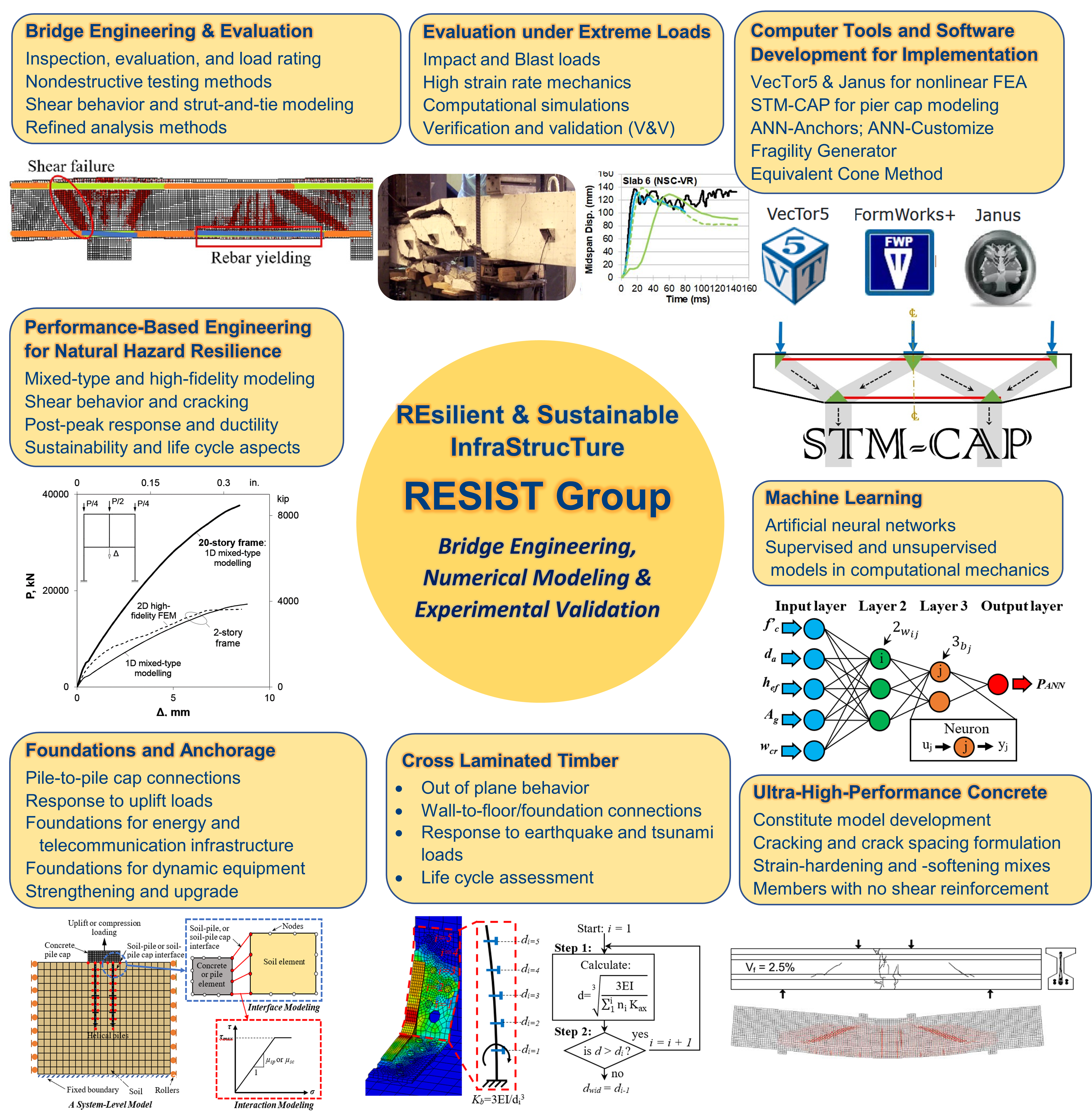
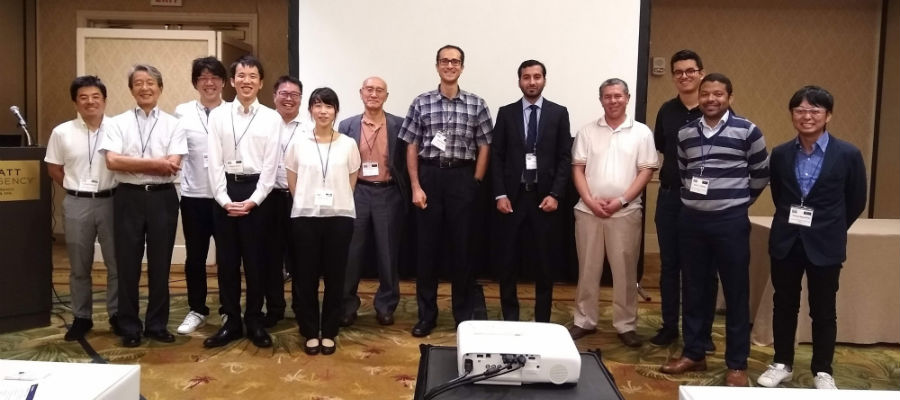
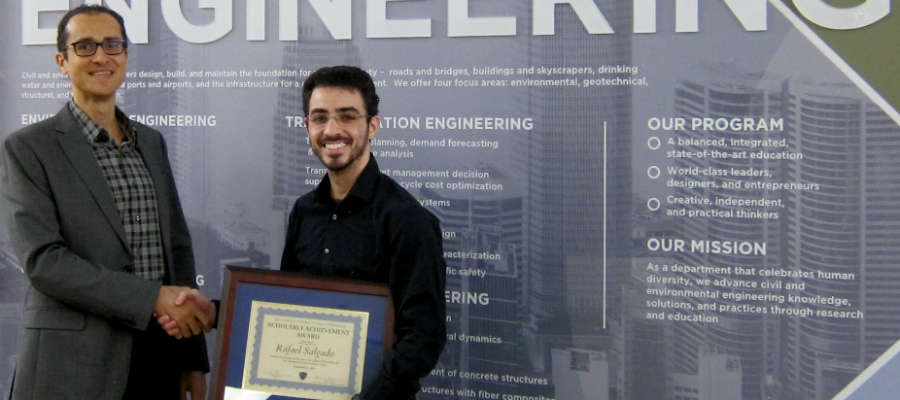
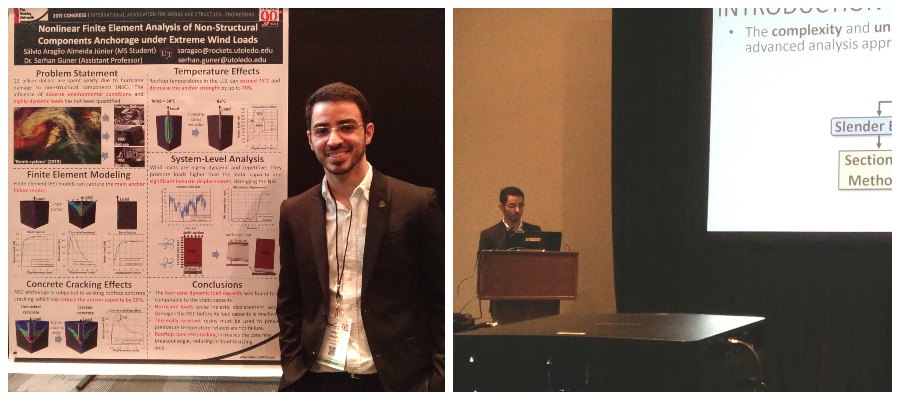
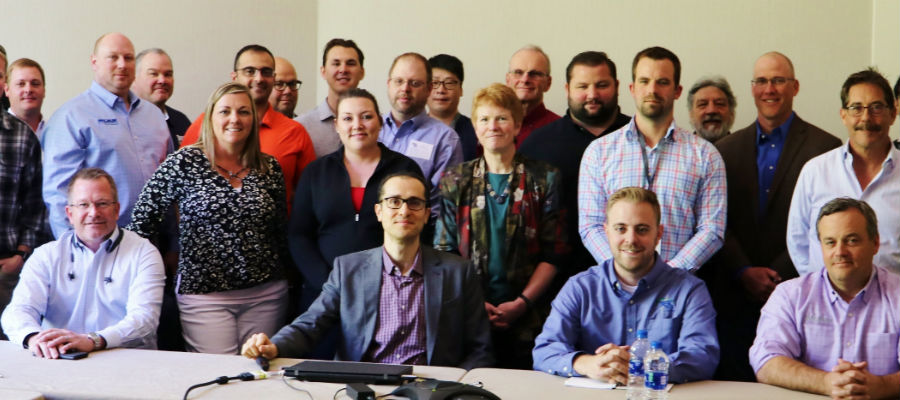
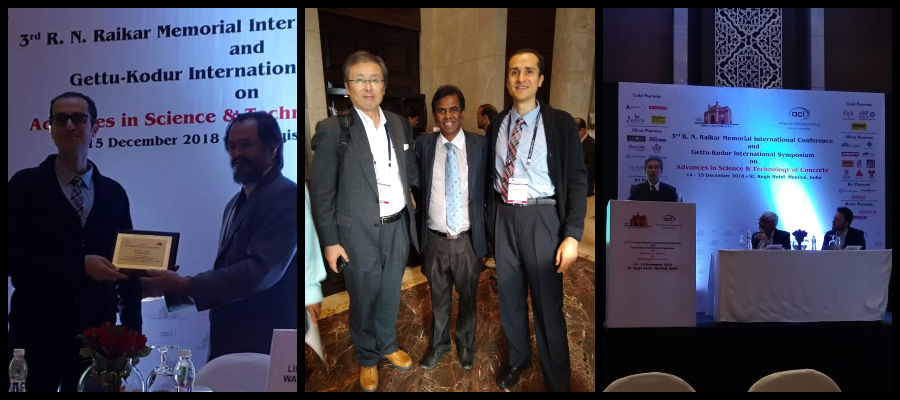
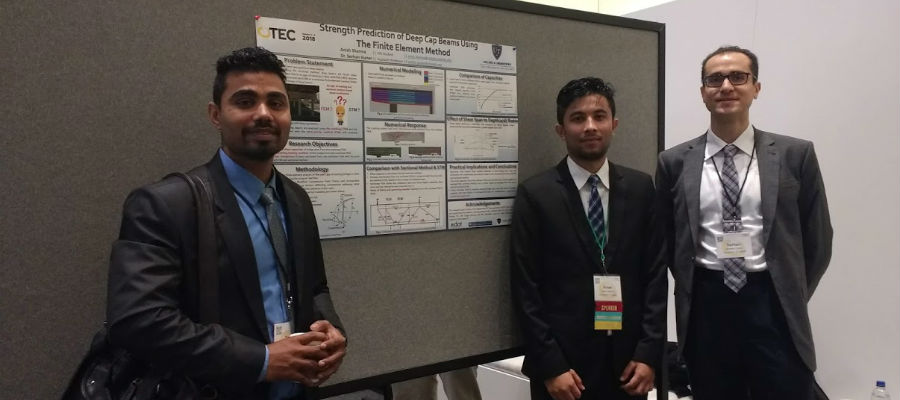
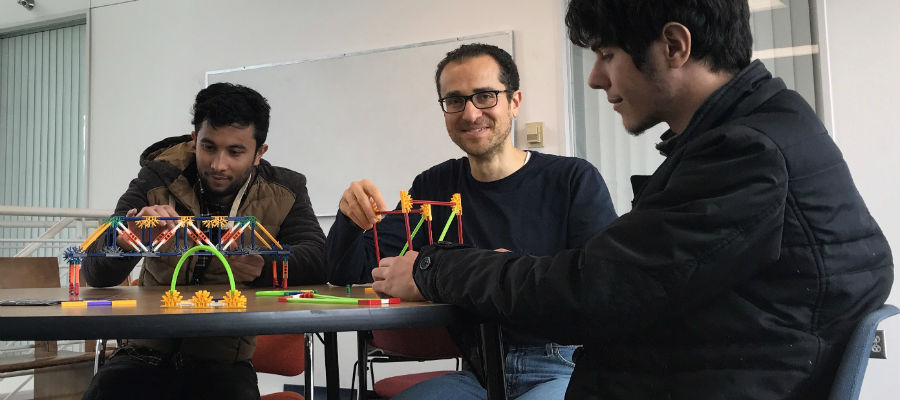
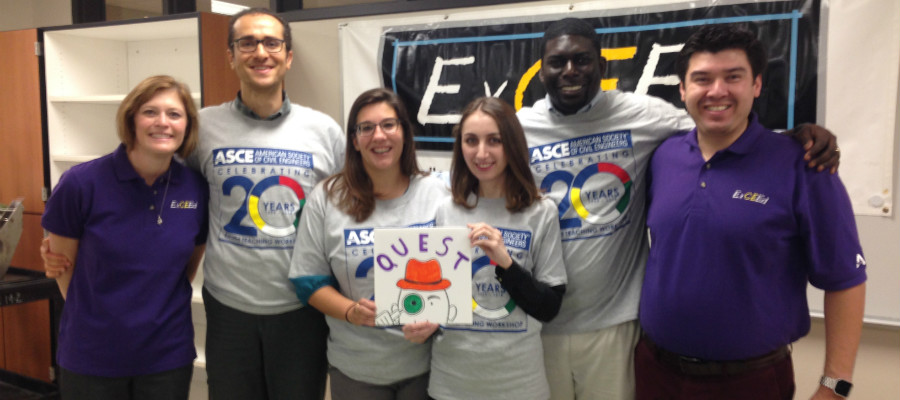
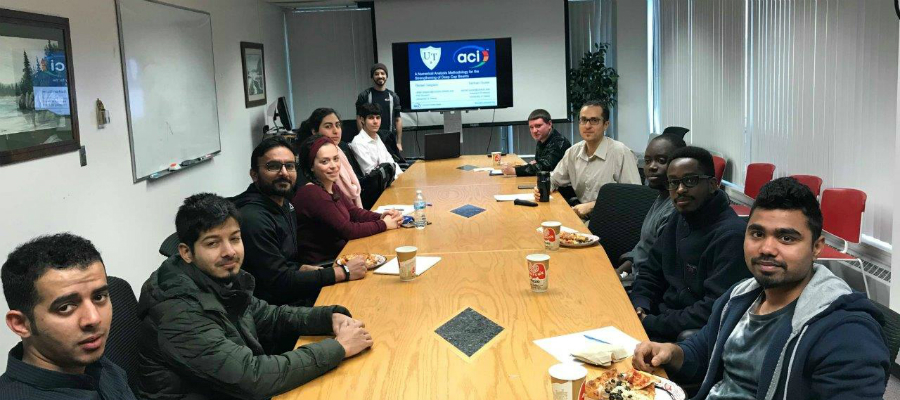
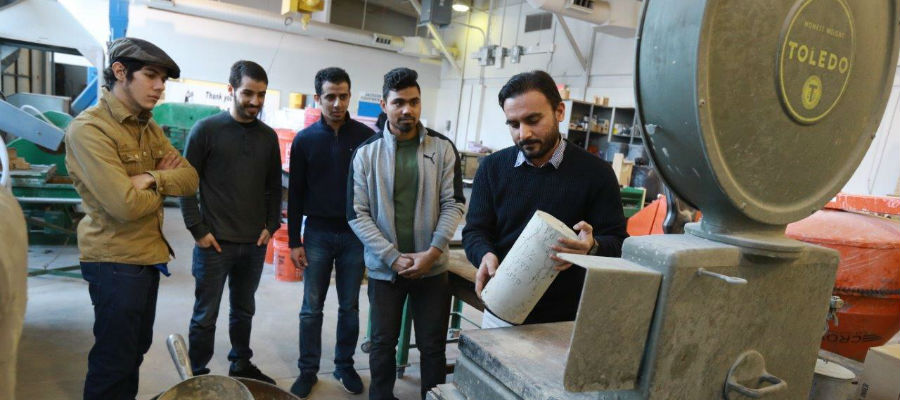
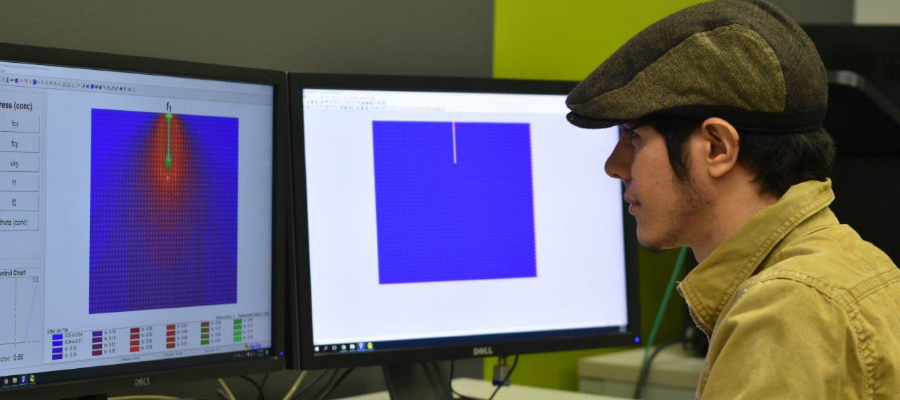
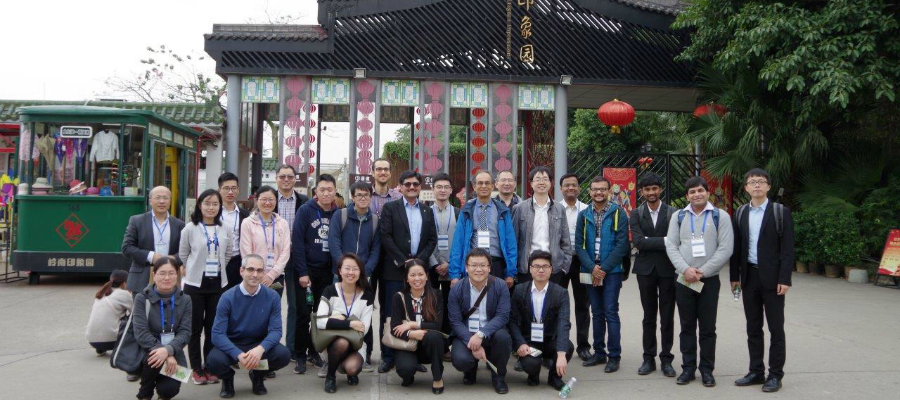
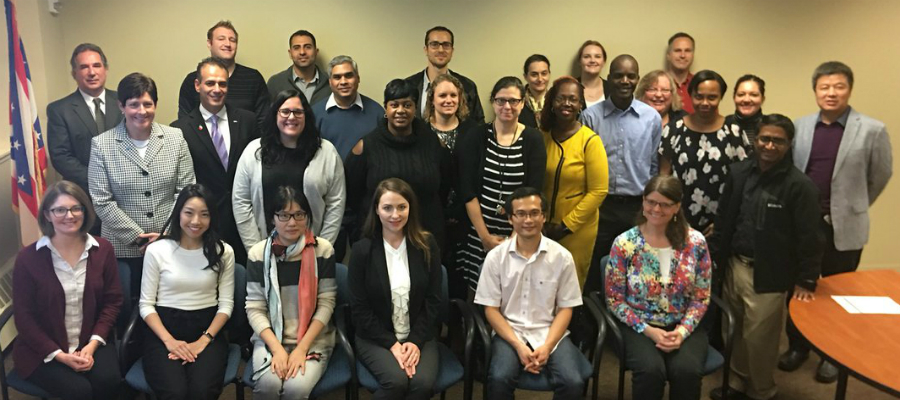
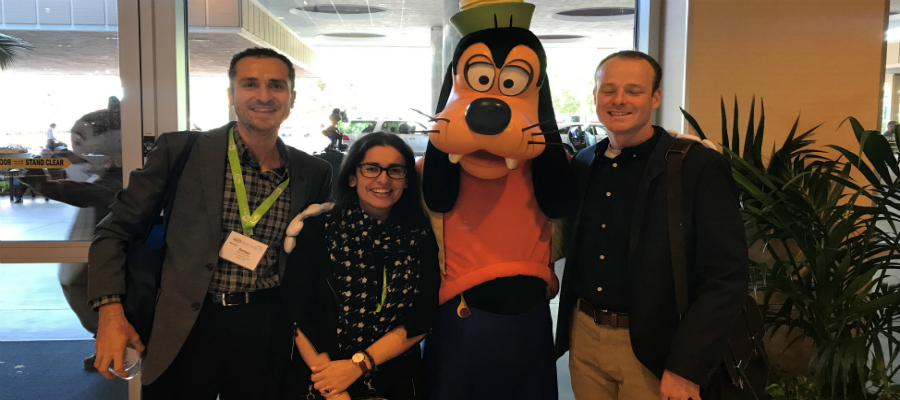
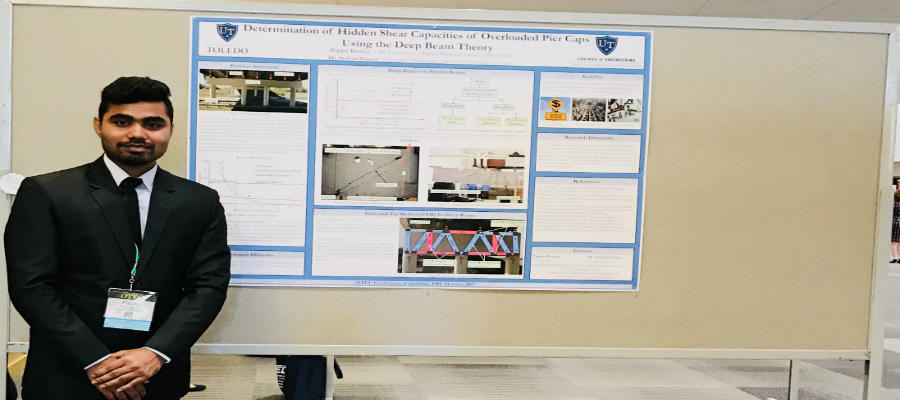
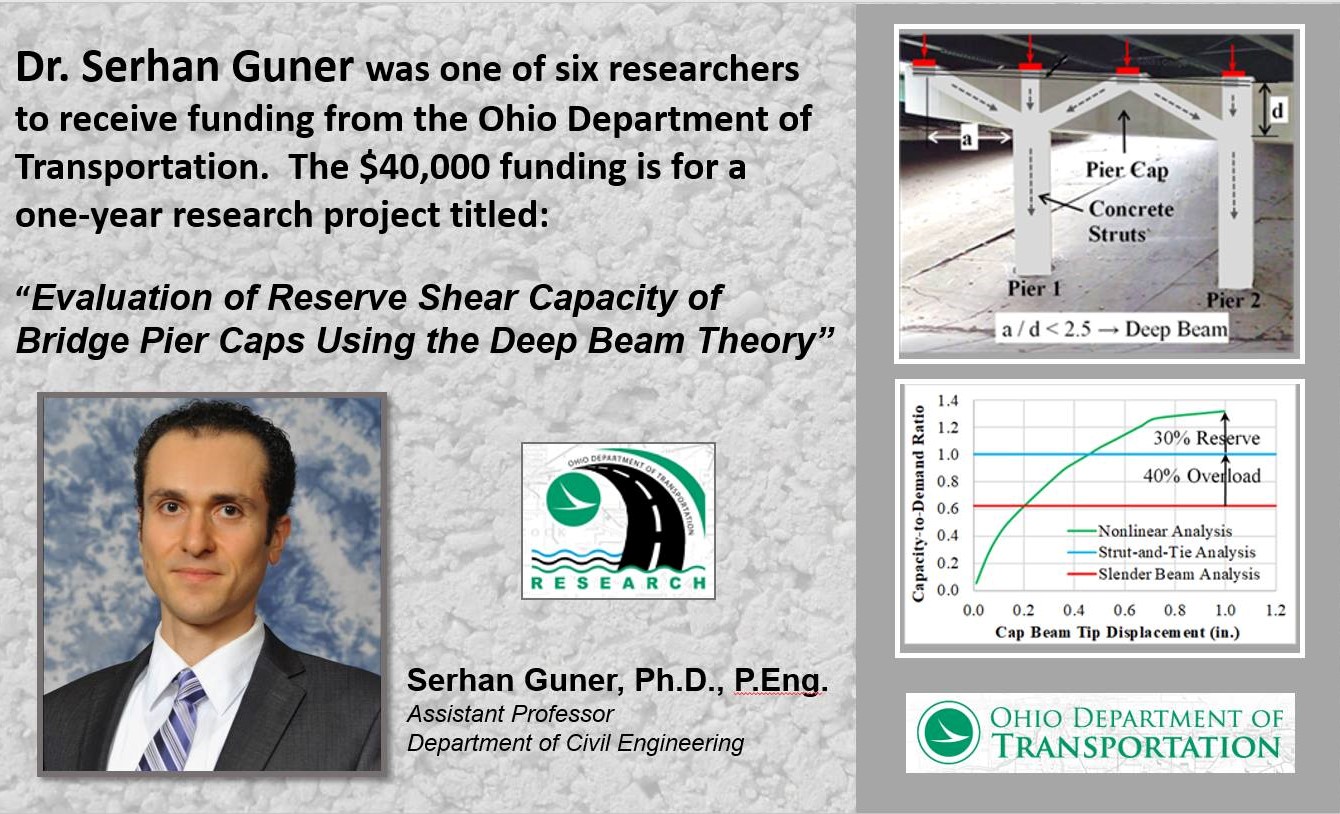
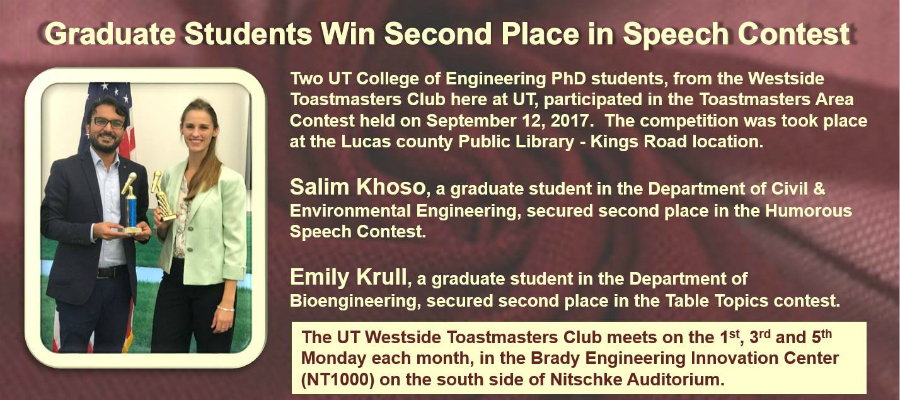
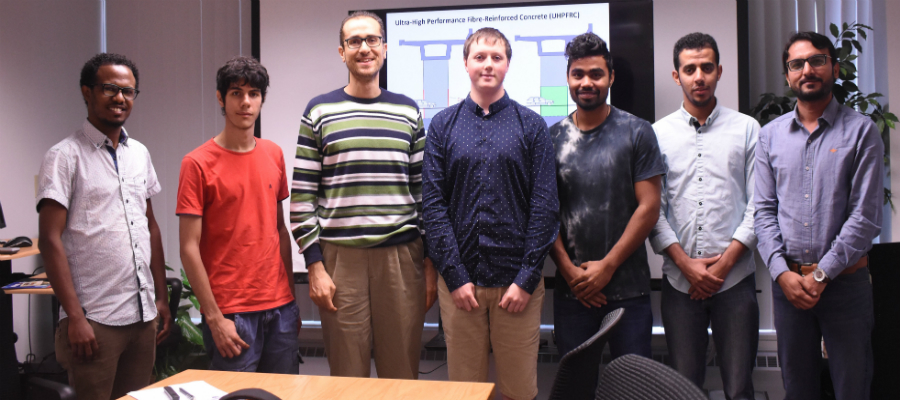
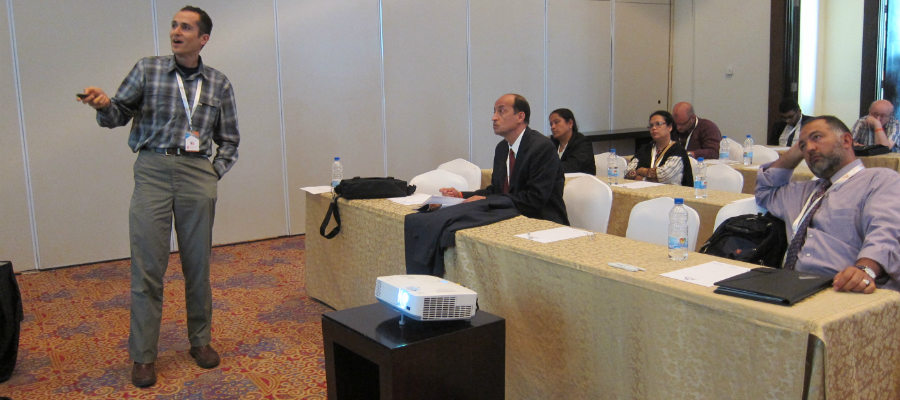
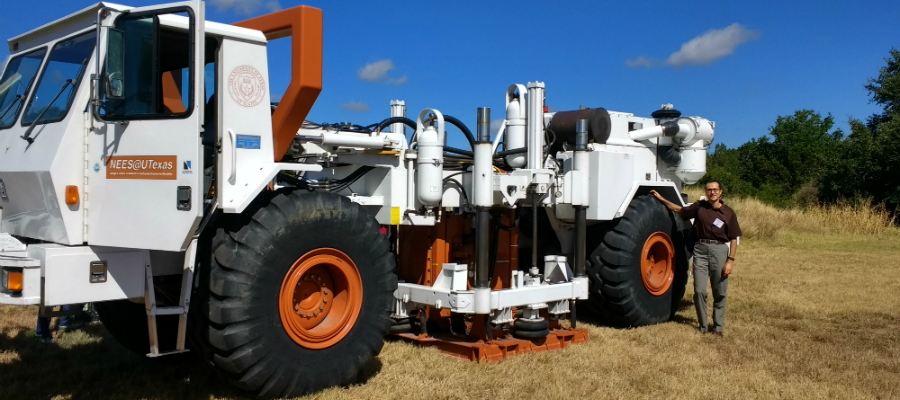
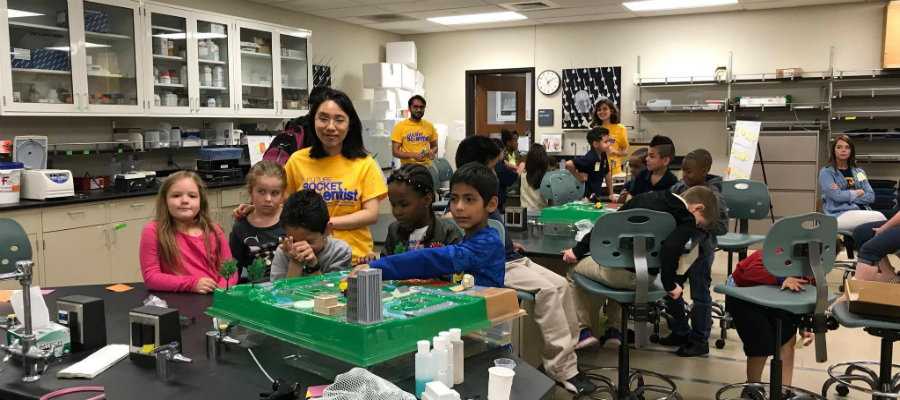
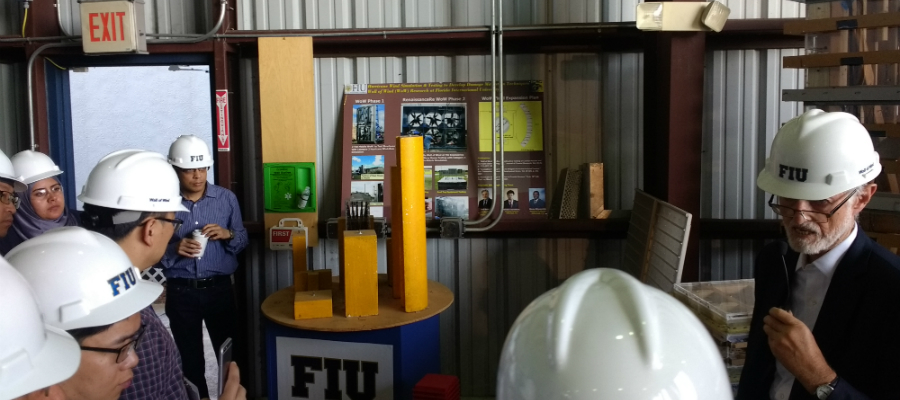
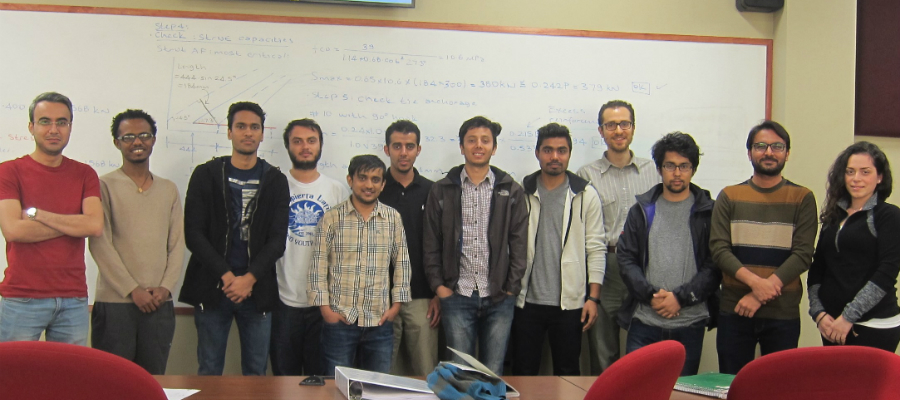
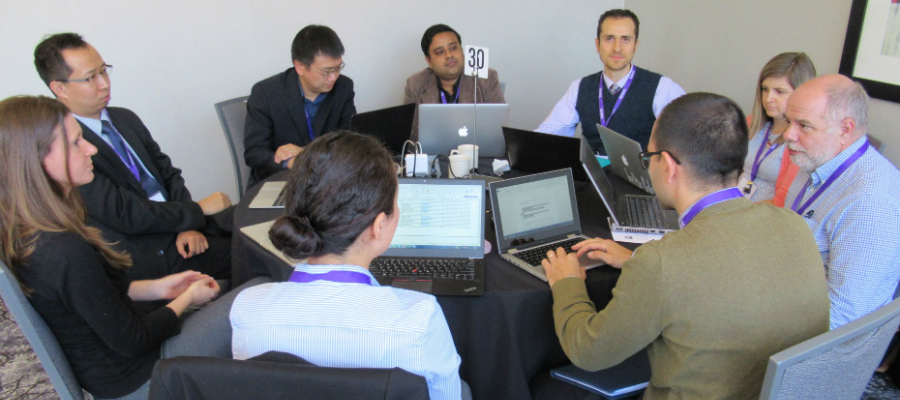
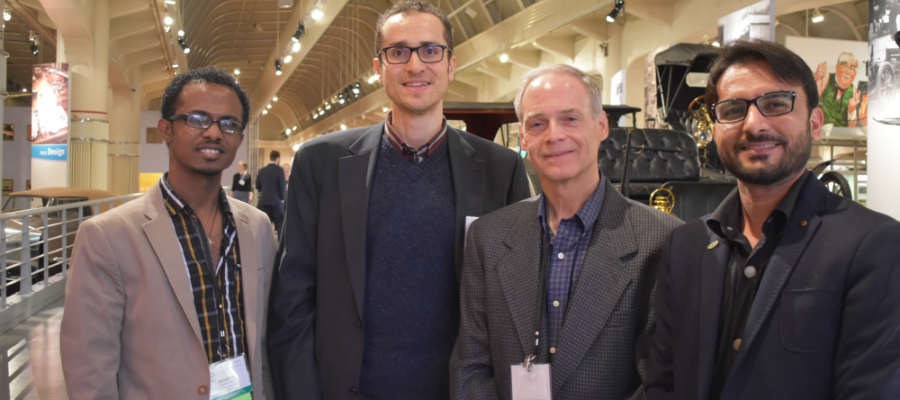
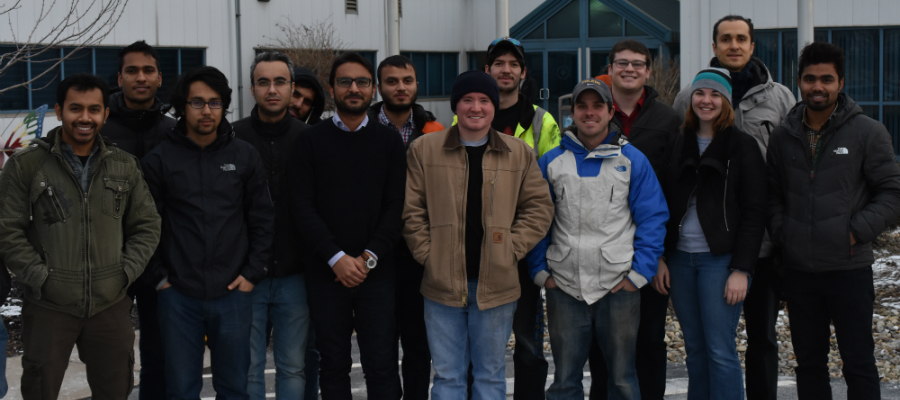
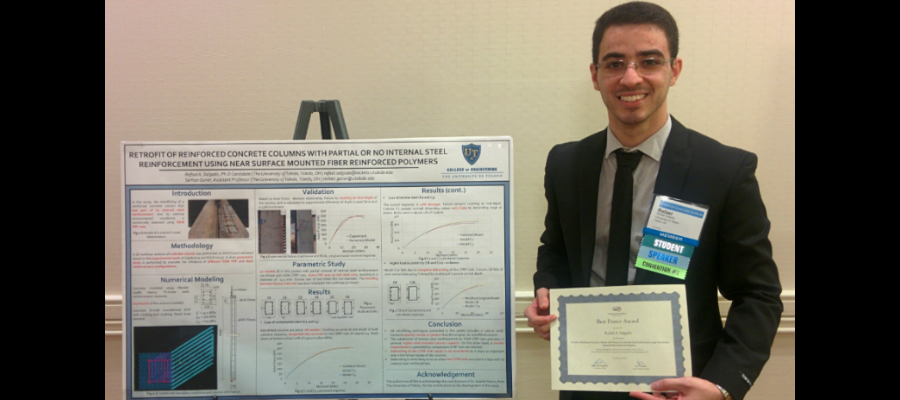
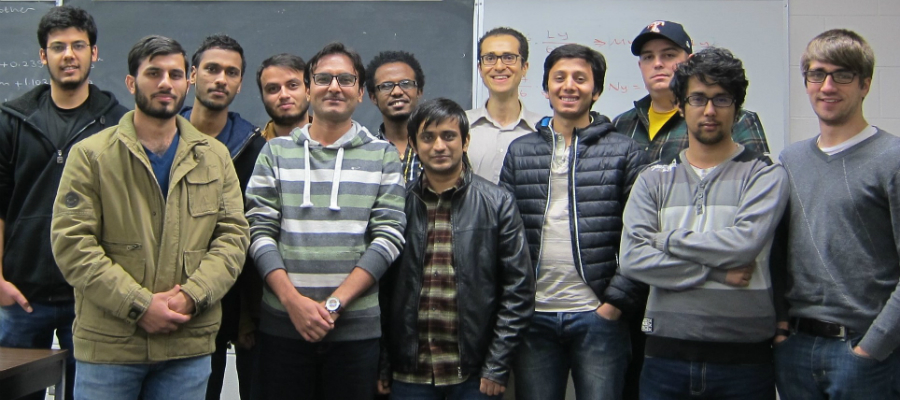
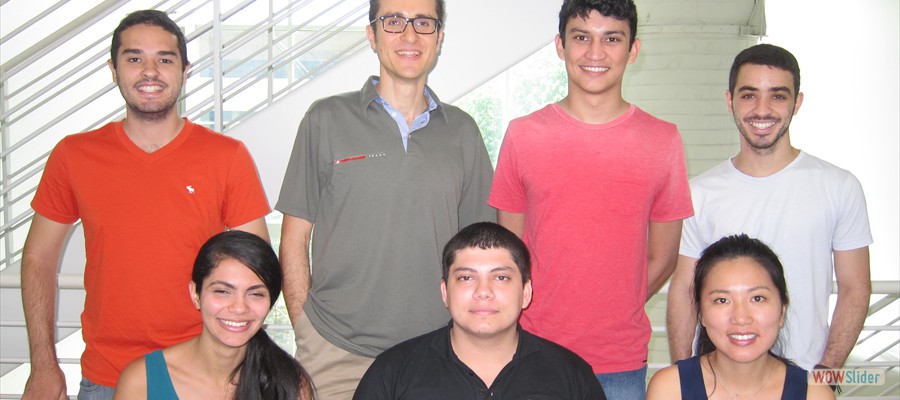
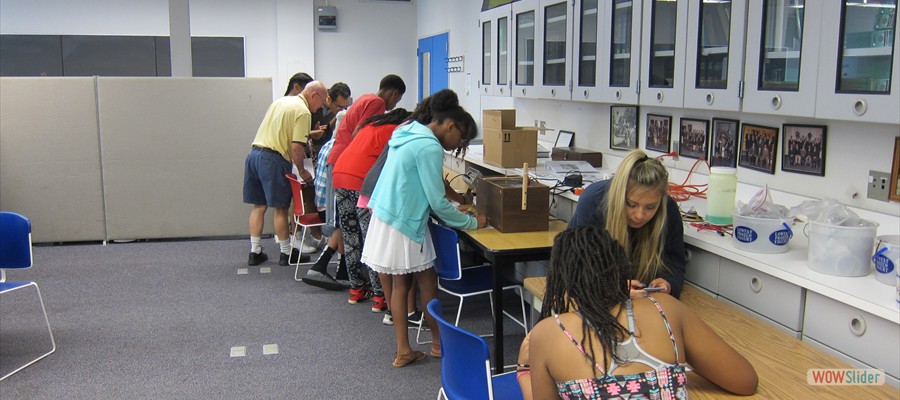

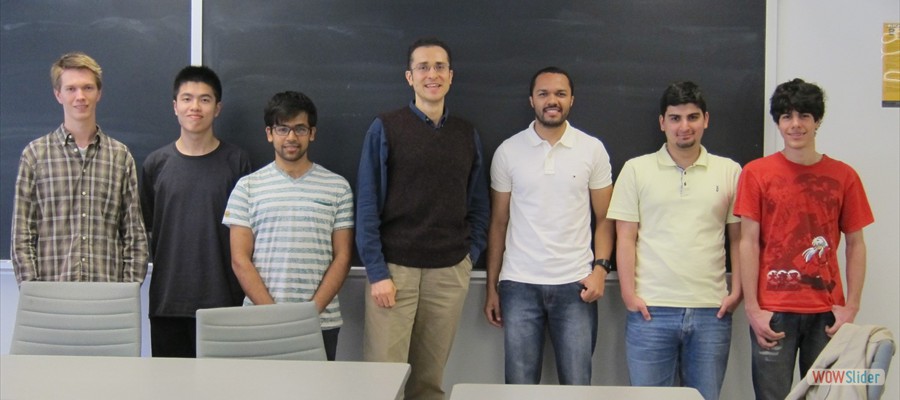
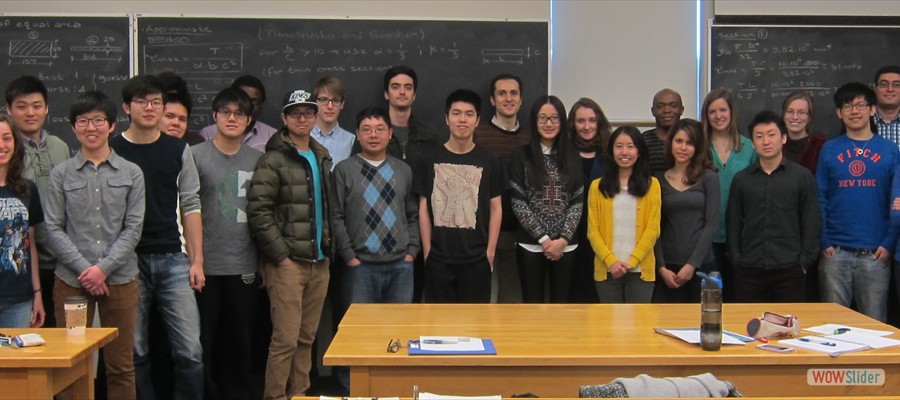
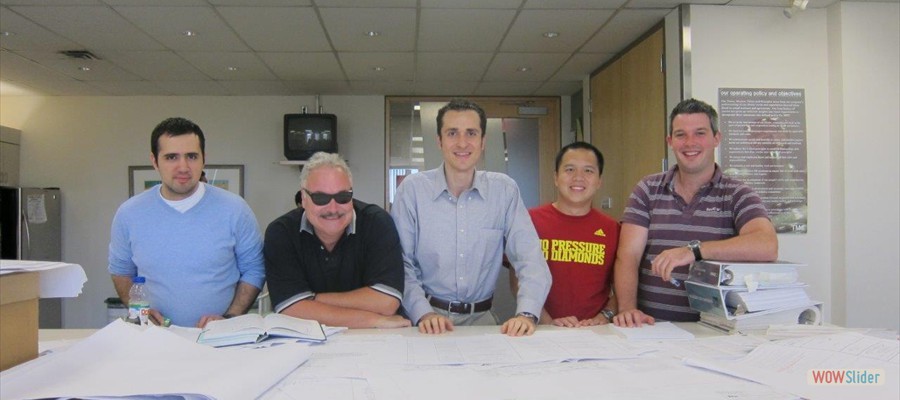
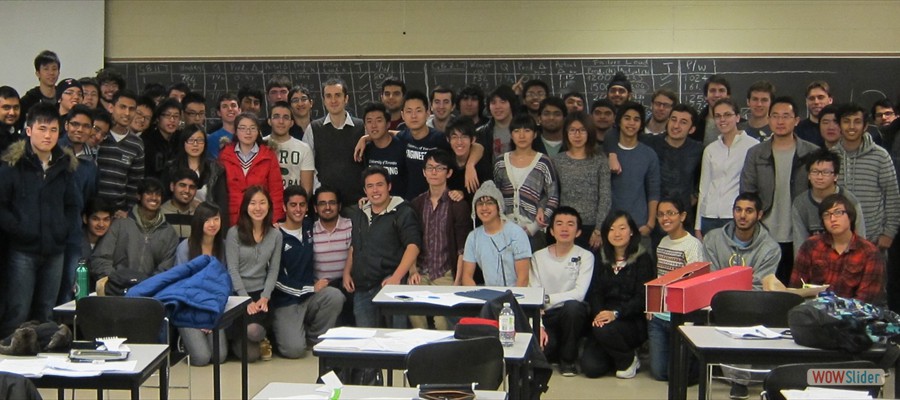
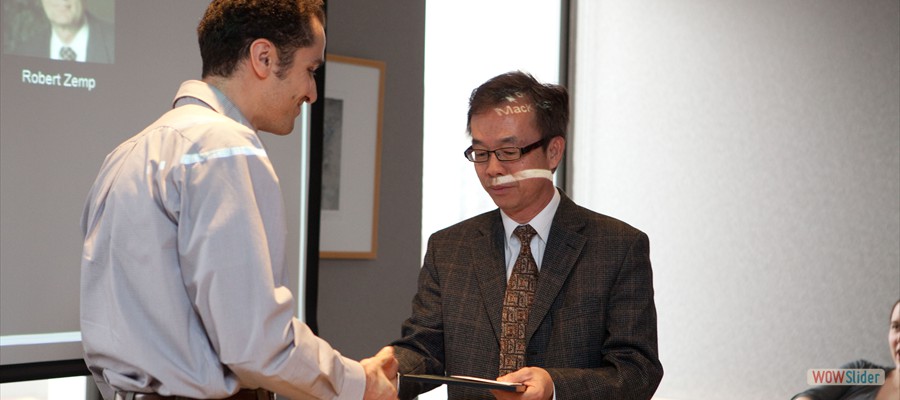

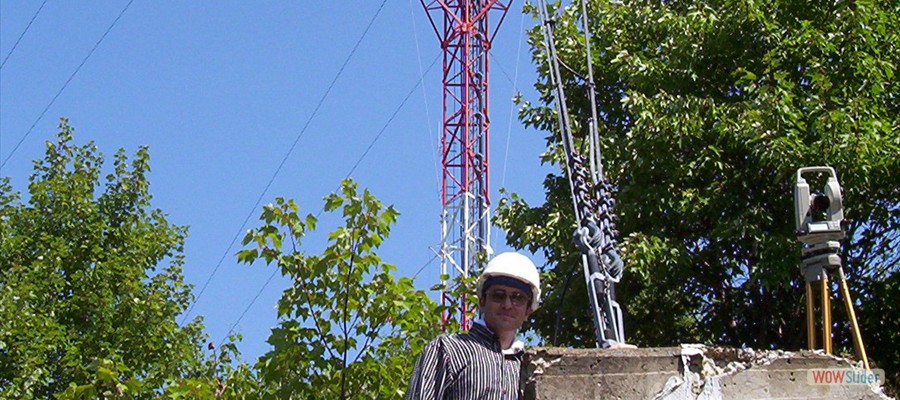
 1
1 2
2 3
3 4
4 5
5 6
6 7
7 8
8 9
9 10
10 11
11 12
12 13
13 14
14 15
15 16
16 17
17 18
18 19
19 20
20 21
21 22
22 23
23 24
24 25
25 26
26 27
27 28
28 29
29 30
30 31
31 32
32 33
33 34
34 35
35 36
36 37
37 38
38